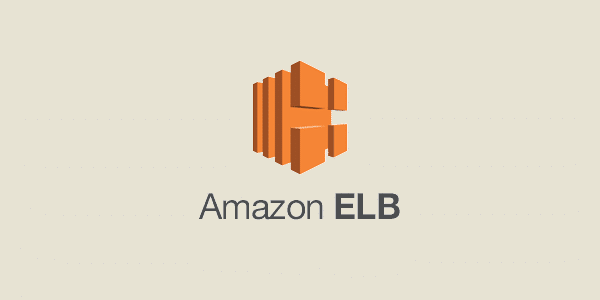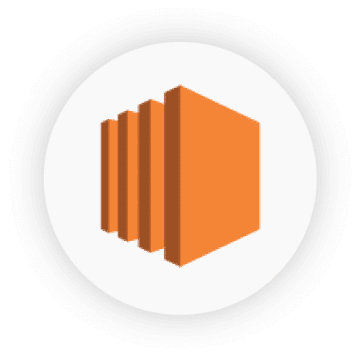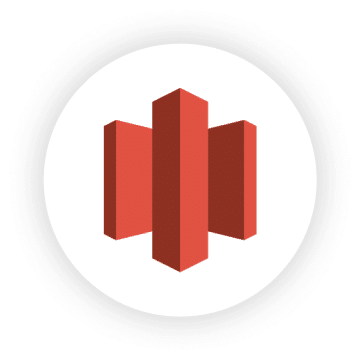AWS
- Home
- »
- AWS

AWS
- Introduction to Cloud Computing
- Deployment Model of Infrastructure in Cloud
- Service Models in Cloud Computing
- Introduction to Amazon Web Service (AWS)
- Elastic Compute Cloud (EC2)
- Amazon Elastic Block Storage
- Elastic Load Balancer (ELB)
- Auto Scaling
- Virtual Private Cloud (VPC)
- Identity Access Management (IAM)
- Simple Storage Services (S3)
- Route 53
- Management Tool (Cloud Watch)
- Relational Database Service
- Messaging Services
- AWS Lambda Service (Micro Service)
- Elastic Container Service (Micro Service)
- API Gateway
- AWS Glacier and Storage Gateway
Topics Covered
AWS (Amazon Web Services)
Introduction to Cloud Computing
- What is Cloud Computing
- Overview of cloud architecture
- History of Cloud Computing
- Cloud computing components
- Data Center
- Distributed server
- Client machines
- Benefits of Cloud Computing
Deployment Model of Infrastructure in Cloud
- Overview of Private Cloud
- Overview of Public Cloud
- Overview of Hybrid Cloud

Elastic Compute Cloud (EC2)
- Launch EC2 instance (Linux & Windows)
- Assign Security to EC2
- Associate Elastic IPs
- Create Security Keypair on EC2
- Login to Instance
- Attach and Detach Volumes to EC2
- Create Snapshot to Volumes
- Create Image to Instance
- Attach Network Interface Card (NIC) to Instance
- Resource and Tag
Service Models in Cloud Computing
- Infrastructure as a Service (IaaS)
- Platform as a Service (PaaS)
- Software as a Service (SaaS)
Introduction to Amazon Web Service (AWS)
- History of AWS
- Global Footprint
- Benefits of Using AWS
- AWS Services
- Regions and Availability Zones
- Amazon Machine Images (Choose Operating Systems)
- Community AMIs
- AWS Marketplace
- Pricing Model in AWS
Elastic Load Balancer (ELB)
- What is Elastic Load Balancer?
- How Elastic Load Balancing Works
- Architectural Overview of Elastic Load Balancing
- Availability Zones and Regions
- Configuring EC2 Instances for Load Balancing
- Application Load Balancer
- Classic Load Balancer
- Health Check and Connection Draining
- Configure Listeners for Your Load Balancer
- Create a Basic Load Balancer in EC2-VPC
- Assign a Security Group to Your Load Balancer
- Select a Subnet for Your Back-end Instance
- Cross-Zone Load Balancing
- Monitoring and Logging

Introduction to Amazon Web Service (AWS)
- History of AWS
- Global Footprint
- Benefits of Using AWS
- AWS Services
- Regions and Availability Zones
- Amazon Machine Images (Choose Operating Systems)
- Community AMIs
- AWS Marketplace
- Pricing Model in AWS
Amazon Elastic Block Storage
- Elastic Block Storage Volumes
- Elastic Block Storage Snapshot
- Elastic Block Storage – Optimized instance
- Elastic Block Storage Encryption
- Elastic Block Storage Volume Performance on Linux Instance
- CloudWatch Events for EBS








Auto Scaling
- What is Auto Scaling
- Auto Scaling components
- Pricing for Auto Scaling
- Benefits of Auto Scaling
- Auto Scaling Lifecycle
- Set Up a Scaled and Load-Balanced Application
- Launch Configurations
- Changing a Launch Configuration
- Launching Auto Scaling Instances in a VPC
- Launching Spot Instances in Your Auto Scaling Group
- Auto Scaling Groups
- Creating an Auto Scaling Group
- Creating an Auto Scaling Group Using an EC2 Instance
- Using a Load Balancer With an Auto Scaling Group
- Deleting Your Auto Scaling Infrastructure
- Monitoring Your Auto Scaling Instances and Groups
- Health Checks
- Amazon CloudWatch Metrics
- Amazon SNS Notifications
- Troubleshooting
Virtual Private Cloud (VPC)
- What is Amazon VPC?
- Supported Platforms
- Accessing a Corporate or Home Network
- Accessing Amazon VPC
- Pricing for Amazon VPC
- Amazon VPC Limits
- VPC Networking Components
- Create the VPC
- VPC and Subnet Basic
- Creating a Subnet in Your VPC
- Create Route Tables
- Internet Gateways
- Creating a VPC with an Internet Gateway
- DNS Hostnames
- Viewing DNS Hostnames for Your EC2 Instance
- VPC Peering
- Associating a Secondary IPv4 CIDR Block with Your VPC
- Create a Security Group
- Launch an Instance into Your VPC
- Assign an Elastic IP Address to Your Instance
- VPC with Public and Private Subnets (NAT)
- VPN Connections
- Components of Your VPN
- VPN Configuration Examples
Copyright © 2024 IngeniousFusionTek | All Rights Reserved
